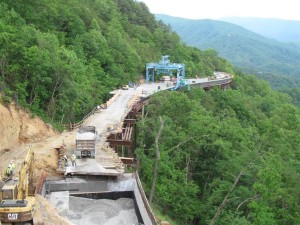 According to a May 29th Public Health Newswire article, a large clinical trial conducted partly at Tufts University now provides strong proof for the claim that regular exercise can be an elixir of youth. The study found that elderly people who walked and did basic strengthening exercises on a daily basis were less likely to become physically disabled, compared to those who did not exercise regularly.
According to a May 29th Public Health Newswire article, a large clinical trial conducted partly at Tufts University now provides strong proof for the claim that regular exercise can be an elixir of youth. The study found that elderly people who walked and did basic strengthening exercises on a daily basis were less likely to become physically disabled, compared to those who did not exercise regularly.
For the study, Effect of Structured Physical Activity on Prevention of Major Mobility Disability in Older Adults, published in late May 2014 in the Journal of the American Medical Association, researchers recruited sedentary people aged 70 to 89 years who had trouble walking more than a quarter-mile. Half of them were randomly assigned to participate in a daily exercise program, and after nearly three years, they had an 18 percent lower risk of losing their walking abilities compared with the others, who were instructed to take health education classes.”

